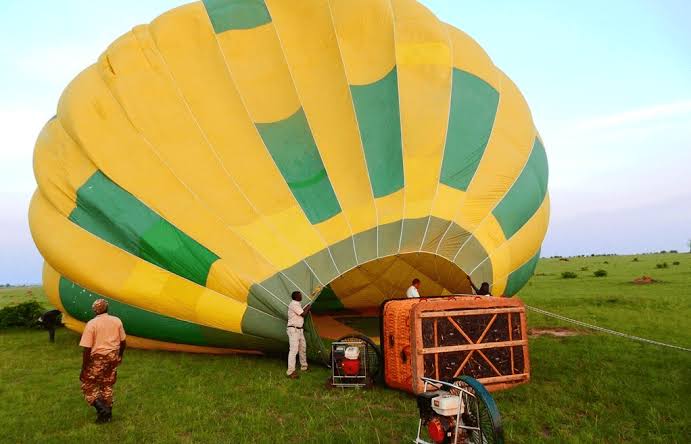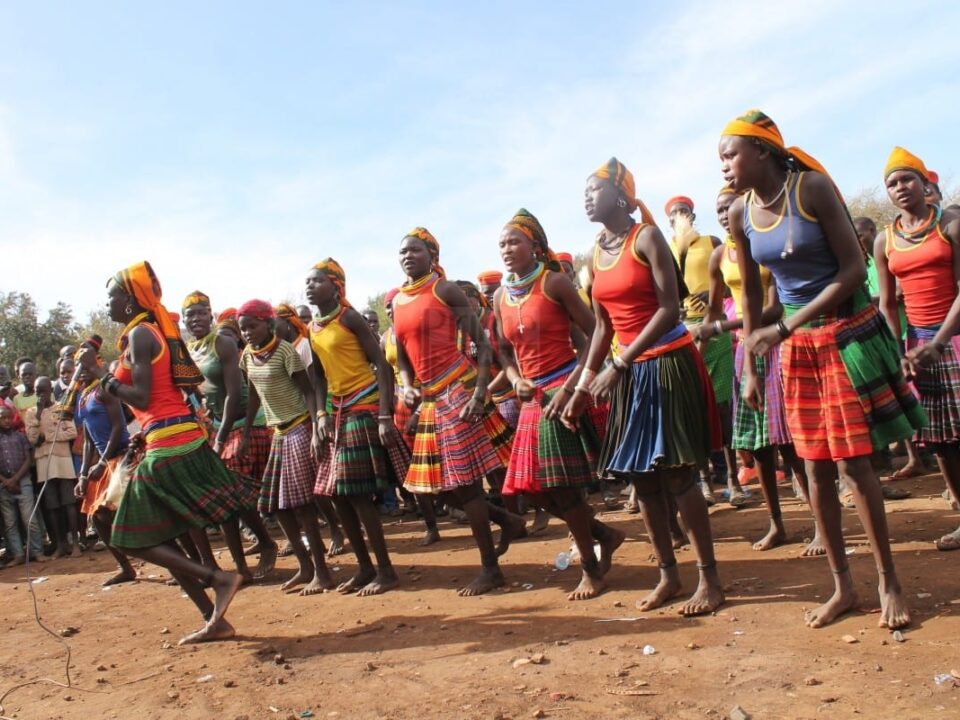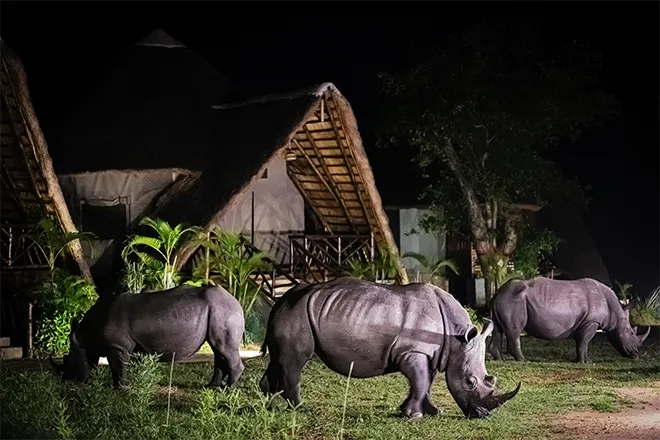- GET IN TOUCH WITH US:
- +256 753518160
- +256 777842166
- info@experiyatourcompany.com

Can I combine Samburu and Laikipia?
November 20, 2025
Can I do cultural photography safaris in Kenya?
November 20, 2025Are There Salt Lakes in Kenya?
Kenya is a nation of extraordinary landscapes, shaped by powerful geological forces and enriched by the diverse ecosystems that flourish around its mountains, savannahs, deserts, forests, and lakes. Among these natural wonders is a lesser-known but highly significant category: salt lakes. Many travelers planning safaris, birding trips, or landscape photography adventures often ask: Are there salt lakes in Kenya? The answer is a resounding yes—Kenya is home to several remarkable salt lakes, many of which lie within the Great Rift Valley. These lakes are not only visually stunning but play essential roles in ecology, culture, and conservation.
Salt lakes, also known as alkaline or soda lakes, are bodies of water with high concentrations of minerals such as sodium carbonate, potassium, and other salts. They often appear in regions of intense evaporation, volcanic activity, or closed drainage basins where water cannot flow out. These unique conditions create some of the most magical and otherworldly landscapes on the African continent.
Understanding Why Kenya Has So Many Salt Lakes
Kenya’s large number of salt lakes is no accident—it is the result of the country’s position along the Great Rift Valley, one of the most geologically active regions on Earth. The Rift Valley is a vast trench that stretches from Lebanon down through East Africa, splitting the continent in a slow geological drift. Along this fault line, volcanic mountains, calderas, and deep basins form, creating ideal environments for soda lakes to develop.
Rainwater and underground springs feed these basins, but because many of them have no outlet rivers, the water evaporates faster than it flows in. Over time, the minerals accumulate, turning the lakes salty or alkaline. These waters often appear in vibrant shades of blue, pink, green, or turquoise, depending on mineral concentration, algae, depth, and sunlight.
The combination of volcanic landscapes, tropical climate, and desert-like conditions in some regions makes Kenya one of the most salt-lake-rich countries in Africa.
Lake Nakuru
Perhaps the most famous salt lake in Kenya is Lake Nakuru, located inside Lake Nakuru National Park. This alkaline lake is renowned worldwide for its vast flocks of flamingos that gather along its shallow shorelines. Although flamingo populations shift with water levels, Lake Nakuru remains one of the most iconic flamingo habitats in Africa.
The alkalinity of the lake encourages the growth of cyanobacteria and algae, which form the primary food source for flamingos. The interaction between mineral-rich waters, alkaline chemistry, and birdlife creates an unforgettable spectacle—thousands of pink birds feeding in unison against the backdrop of wooded hills and acacia forests.
Lake Nakuru is also home to pelicans, cormorants, and a variety of migratory birds, making it a vital conservation hub. Surrounding the lake, visitors may also see rhinos, lions, and leopards, making it an ideal combination of scenery and wildlife.
 Lake Bogoria
Lake Bogoria
Located in the Rift Valley’s northern region, Lake Bogoria is one of Kenya’s most dramatic salt lakes. It is a narrow, deep alkaline lake with a stunning volcanic landscape that includes steaming hot springs and geysers—rare features that make it unique not only in Kenya but in the entire world.
Lake Bogoria is famous for hosting some of the highest concentrations of lesser flamingos on the continent. The brilliant pink birds often cover the shores in vast numbers, transforming the lake into what looks like a living pink carpet.
The combination of geothermal steam vents, boiling geysers, and the shimmering blue waters offers an extraordinary photography opportunity. The barren volcanic hills and ochre cliffs around the lake give it a rugged, mystical aura that feels timeless and untouched.
Lake Magadi
In Kenya’s southern region lies Lake Magadi, one of the most saline lakes in the country. The lake produces a thick crust of white mineral deposits that spread across the basin, creating dazzling contrasts between the salt flats and the shallow pools of pink-tinted water.
Lake Magadi lies in one of the hottest places in Kenya, and its extreme evaporation rate leads to high mineral concentration. It is a major source of trona—a mineral used in the manufacture of soda ash—making it both economically and environmentally significant.
The region is also one of the few places where travelers can witness flamingos feeding in waters that glow pink during certain seasons due to cyanobacteria blooms. Surrounded by towering escarpments, rocky terrain, and shimmering salt flats, Lake Magadi creates a dreamlike desert-lake experience.
Lake Elmenteita
Situated between Lake Nakuru and Lake Naivasha, Lake Elmenteita may not be as widely known, but it is one of the most pristine salt lakes in the Rift Valley. Declared a UNESCO World Heritage Site alongside Lake Nakuru and Lake Bogoria, Elmenteita is essential for flamingo breeding and provides habitat to pelicans, herons, storks, and rare species like the great crested grebe.
The lake’s shallow waters, mineral-rich banks, and bird-filled shores make it a peaceful and scenic paradise for nature lovers. Because it receives fewer visitors compared to Nakuru or Bogoria, Lake Elmenteita is ideal for travelers seeking quiet sunrise views and uncrowded birdwatching moments.
Luxury lodges on surrounding hillsides offer breathtaking views of the lake and its surrounding savannahs.
Lake Turkana
Although less alkaline than Nakuru or Magadi, Lake Turkana is indeed a saline lake and the largest desert lake in the world. Often called the “Jade Sea” due to its turquoise water color, Lake Turkana is one of the most visually striking lakes in Africa.
Volcanic landscapes surround the lake, with black lava fields, sand dunes, and barren hills creating a surreal atmosphere. The lake is so salty that few freshwater fish thrive, but it supports massive Nile crocodiles and is a breeding ground for reptiles.
Lake Turkana’s remote location and wild environment make it perfect for adventurous travelers looking to experience Kenya’s most raw and dramatic landscapes.
Lake Logipi
Tucked at the northern end of the Suguta Valley, Lake Logipi is one of the most remote salt lakes in the country. Its waters are shallow, mineral-rich, and often tinted shades of orange, red, or pink due to algae and cyanobacteria.
The lake is fed partly by the Suguta River and partly by hot springs at its edges. During certain seasons, thousands of flamingos gather here, creating a breathtaking pink display against the stark desert backdrop. Reaching Lake Logipi often requires a helicopter or off-road expedition, making it one of Kenya’s most exclusive and untouched salt lakes.
Ecological Importance of Kenya’s Salt Lakes
Kenya’s salt lakes are not just scenic—they play vital roles in the environment:
They support massive flamingo populations
They serve as migration stopovers for thousands of birds
They host specialized algae and microbes unique to alkaline environments
They provide important minerals through natural evaporation
They help regulate ecosystems in arid regions
These lakes are living laboratories of evolution, survival, and adaptation, making them ecologically invaluable.
Why Visit the Salt Lakes of Kenya?
Salt lakes offer some of the most breathtaking landscapes in Kenya. They provide unique photography opportunities, especially during sunrise and sunset when the mineral-rich waters reflect dramatic colors. They offer unique wildlife encounters—especially flamingos, pelicans, and other bird species. Their surrounding volcanic formations, geothermal activity, and desert-like terrain make them feel like scenes from another planet.
For travelers seeking rare, extraordinary, and peaceful experiences, Kenya’s salt lakes are unforgettable.
So, Are There Salt Lakes in Kenya?
Yes—Kenya is home to some of the most spectacular salt and alkaline lakes in Africa. From the flamingo-filled waters of Nakuru and Bogoria to the volcanic charm of Magadi, the quiet beauty of Elmenteita, and the vast Jade Sea of Turkana, these lakes offer rich ecological stories and unforgettable scenic wonders. They form one of Kenya’s most unique and diverse natural attractions, perfect for bird lovers, photographers, adventurers, and nature enthusiasts alike.
Explore Kenya’s Salt Lakes With Experiya Tour Company
To experience Kenya’s salt lakes in comfort, safety, and the company of knowledgeable experts, travel with Experiya Tour Company. They offer tailor-made itineraries that cover the Rift Valley lakes, birding adventures, volcanic landscapes, and scenic sunrise viewpoints. Their professional guides ensure seamless logistics, insightful interpretation, and unforgettable moments at Kenya’s most beautiful salt lakes. For a remarkable and well-planned journey into Kenya’s natural wonders, book your adventure with Experiya Tour Company.




